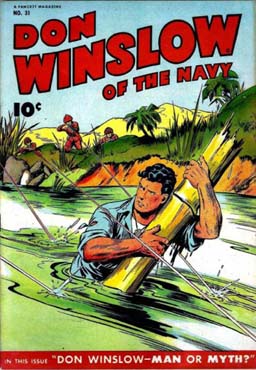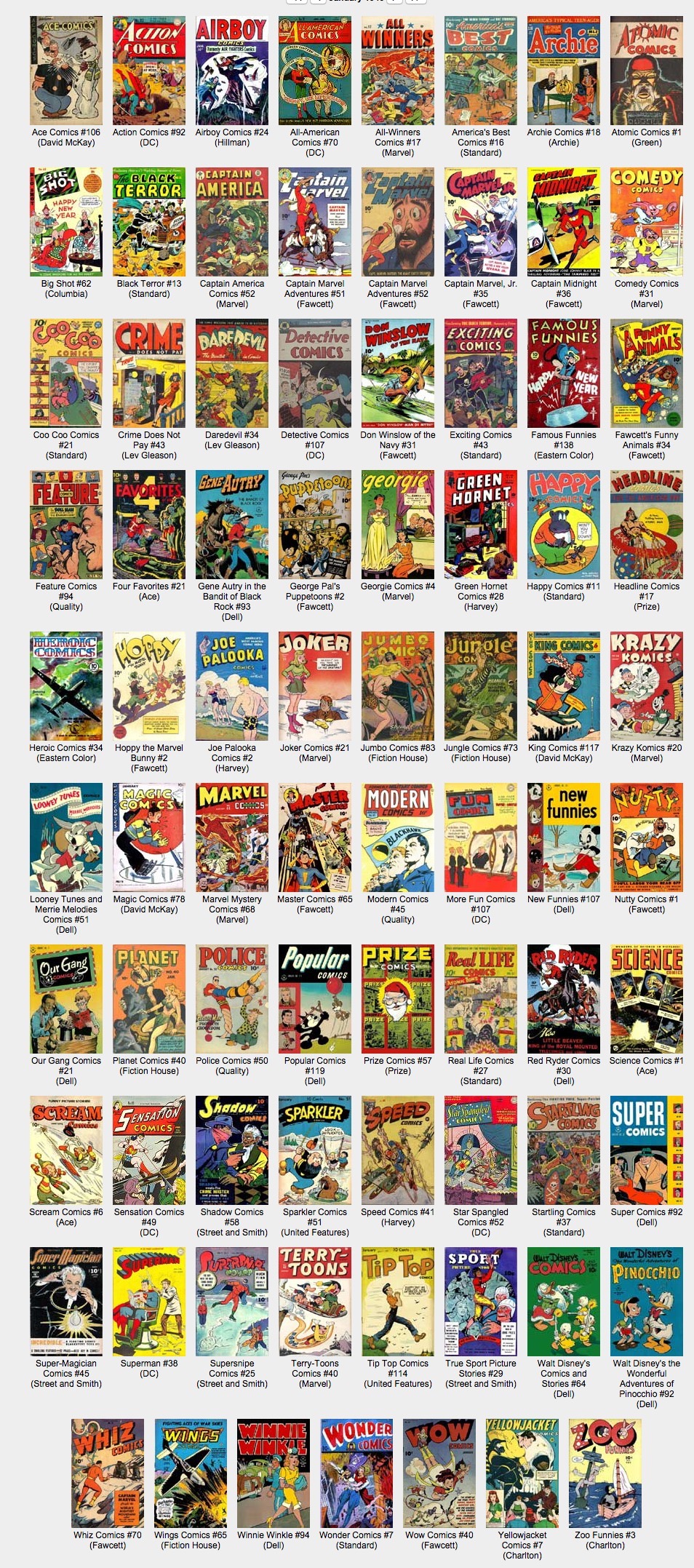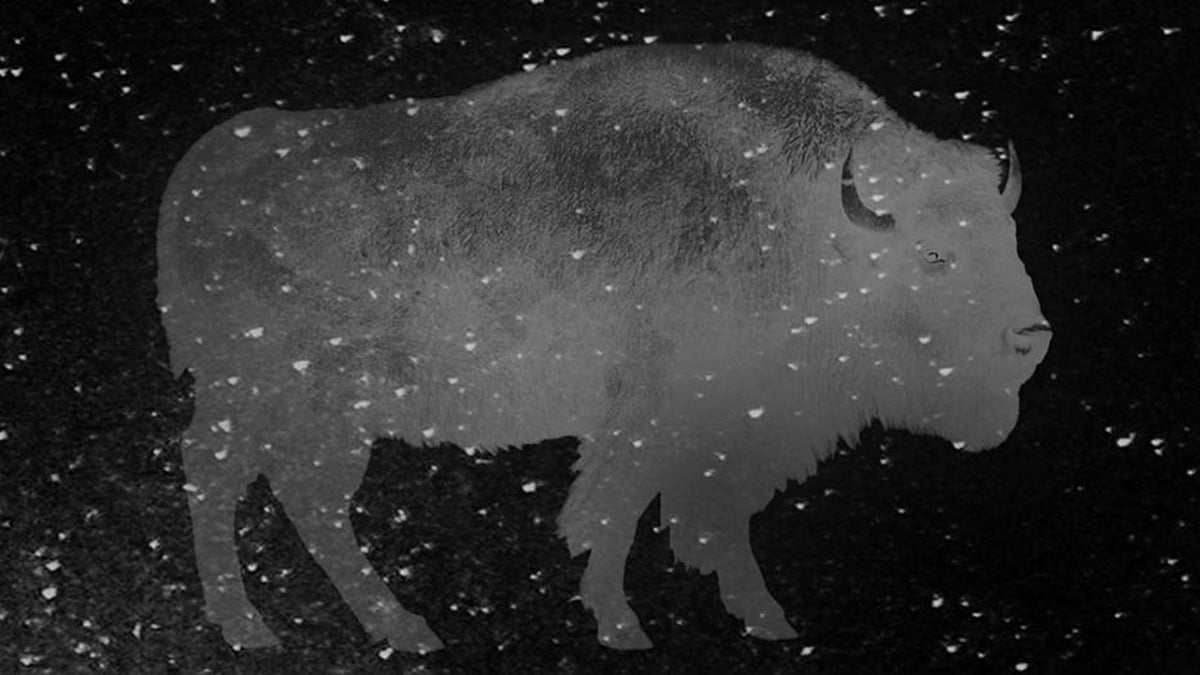Recently I posted a news item about the new Badger book from Devil’s Due having low orders. Writer/creator Mike Baron reached out to me about it, and I presume he reached out to some other folks who remember the Badger from his 80s run. Part of the Capitol Comics/First Comics indie era, The Badger was a crazed guy with various mental problems who was also a superhero. Think Deadpool before Deadpool. But with a Wisconsin accent. (In case you don’t follow college sports, the Badgers are also the teams from the University of Wisconsin–Madison, and the badger is the state animal.)
Johanna Draper Carlson, who is a resident of Madison herself, nonetheless set aside team spirit and was not impressed with the plea, and wrote a post called You Are Not Owed Pre-Orders Because You’ve Been Around Before. Johanna points out that no matter what kind of track record you have, it’s always about selling NOW, and this version of the Badger didn’t have a lot of promotion:
It doesn’t matter that this guy has been around for decades. (That may actually be a detriment.) You still have to sell him to an audience that has a ton of choices every month, and many of them seem more relevant to their interests. What effort did the publisher and/or writer put in to showing retailers and readers why they’d want to spend $3.99 an issue for this story? Not much information was in the Previews solicitation:
She goes on to document a lot of ways that the book didn’t have what’s considered standard promotion now. The matter of The Badger was also discussed in a couple of posts at ICv2, one from Steve Bennett of Super-Fly Comics and Games in Yellow Springs, Ohio who was on the “Give the guy a look!” side of the fence:
And, finally, I’m Facebook friends with writer Mike Baron, creator of (with Steve Rude) Nexus and The Badger, which may sound like bragging but I’m fairly certain you could be one too if you just asked nicely. Baron is one of my favorite writers and The Badger one of my all-time favorite comics. So I was distressed to discover a recent post from Baron where he called the initial orders of the first issue of the five-issue The Badger mini-series from Devil’s Due/1First Comics LLC “pathetic.”
Now, for the record, The Badger #1 doesn’t come out until February 3 so I know I’m judging a comic sight unseen. The same way I know that every comic is somebody’s favorite, and just because this one is mine doesn’t mean it’s going to be yours and I can’t and won’t tell you what will sell in your stores. But Badger isn’t exactly an unknown property, and neither is the work of Mike Baron or artist Jim Fern (for the record Tony Akins will drawing #2 with Val Mayerik, another favorite artist of mine, doing the rest of the series).
However, Jay Bardyla of Happy Harbor Comics & Toys in Edmonton had a different take on the matter:
Should the creators of The Badger be upset over initial orders of their books the first question they should ask is, “What have I done to promote this book?” Was there any outreach to retailers? Advance .pdfs? Discount incentives? Promo posters? Not that we saw. As a sizable shop (we currently have about 450 active files, 110 of which get Previews, and only 1 file subscribed to it) we saw nothing of this title other than its listing in Previews. From a purely business sense, I don’t see a demand (or support) for this book so why would I invest money into it?
I’m guessing that Bardyla has no nostalgia factor for the comic, hence the salty outlook.
Tom Spurgeon also mentioned this with an even more ominous warning for those still living in the Bronze Age:
* there’s a post over at The Beat about Over The Garden Wall becoming an ongoing that also puts out the call for Badger fans to support that comic in its newest print iteration or bad things might happen in terms of its viability. Both are worth noting. I wonder how much room there is for certain properties that are 25-30 years old now just in terms of building an audience and/or regaining the one they have. Not every property is Superman or something that will endure for decade after decade. At the same time, comics does have some success stories in terms of reviving old properties. I’d love for this to become a viable market overall, is what I’m saying, but I have some real doubts.
Even in a world where every old comics property is being rebooted every 10 minutes, and books that the current comics audience has less than zero interest in (T.H.U.N.D.E.R Agents, cough cough) are the subject of hotly contested legal wrangling, the truth is…
Tom is right. Some things should be left where they were.
Some comics by people we love and admire are just going to be added to the Green Turtle pile of history.
FOR INSTANCE. Let’s take a look at the comics industry of exactly 70 years ago, January 1946, courtesy of Mike’s Amazing World. I’m not an expert on the Golden Age and this would seem to be only a smattering of the comics published in that time, but it’s a representative smattering™.
We see many sturdy characters still making billions in IP like Batman, Superman, Wonder Woman, Archie, Captain America and so on. We see obscure characters still revised in relevant (if problematic) ways like Airboy. And things that might look familiar on bootleg Times Square T-shirts or cable channels in the 200s (Mighty Mouse.) Things that art fans still slaver over (Planet Comics, Walt Disney Comics & Stories) and comics that still have little pockets of fanbases (Black Terror).
But then there are things that no one remembers. And no one wants to remember.
Let’s take, oh, Don Winslow of the Navy.

The idea for Don Winslow was conceived by Lieutenant Commander Frank V. Martinek USNR, himself a storied veteran of World War I Naval intelligence, after Admiral Wat T. Cluverius complained to him about the difficulties of recruiting in the Midwest. Ruminating on the challenge, Martinek decided that a comic strip that focused on Naval tradition and courage would educate and fascinate America’s youth. He had previously used the character Don Winslow in some novels he wrote, so he had the main concept readymade. Colonel Frank Knox, later Secretary of the Navy helped sell the idea to the Bell Syndicate.
As soon as you recover from the shock that a Star Wars character managed to make it into real life as Admiral Wat Cluverius, you’d have to admit that, for a propaganda comic, Don Winslow was pretty successful. The strip was so popular that it gave rise to a successful movie serial and later an original comic book. It had a 20 year run as a comic strip and 69 issues as a comic. Charlton attempted a revival in 1955 but that was, I think, the last time we ever heard of Don Winslow of the Navy, a once successful franchise that employed many people.
I’m pretty sure that The Badger, created in the fulsome enthusiasm of the first flush of indie comics creator ownership, is a better and more durable piece of art than Don Winslow. And almost surely will be remembered longer and better. And I’m not saying that the current revival of the The Badger should fail; as the folks above note, it needs to be promoted with modern methods, in the modern style, and not rely on nostalgia of any kind. Hence the above Paul Pope variant cover, which is for Kickstarter backers. I think a good argument can be made that this title is very much relevant to our current comics industry and with more promotion can be viable in today’s market.
Comics folks have long check lists and longer memories. A lot of money is made catering to comics nostalgia. But not everything is going to get placed in that capsule on the Galactica. Most of everything ever created by humans gets put in the dustbin of history and sometimes good stuff gets rescued (Fletcher Hanks). I think a lot of us amateur comics historians dream of uncovering some great lost masterpiece, Henry Darger style. But sometimes its good to move on to new things, as well.
FINALLY, any discussion of diversity in today comics industry should study this historical record of 60 years ago, when comics sold in 100,000 not 10,000 increments. Although overt racism is evident everywhere, it’s obvious that all kind of comics were being published in multiple genres, and the styles are more like what you’d find on tumblr today than the “house superhero style” that many think is essential to the form. A lot to parse.
Brief Update: If this has stirred you to read the original Don Winslow of the Navy Comics, to see how they stand up, just go over to Comic Book Plus; downloads are legal since it’s in the public domain now.










The Badger looks like the last kind of comic that would interest me, but comparing it to lost golden age IPs as to why it failed feels like rubbing salt in a wound.
Baron was obviously hoping this would get him back in the game (and probably back to making a living with comics).
Pointing out that he has failed seems like insult to injury.
Comics fail all the time, no need to point a spotlight when an older creator stumbles.
Almost everything fades with time. Don Winslow was a very popular character in the ’40s, featured in a radio show and two movie serials. But how many people under 70 have hard of the character today?
https://en.wikipedia.org/wiki/Don_Winslow_of_the_Navy_%28comic_strip%29
For that matter, how many people under 40 have heard of Lil Abner (a comic strip that ended in 1977), or know Dick Tracy as anything but a Warren Beatty movie?
Maybe Baron should create something new instead of trying to relive past glories. (That goes for the entire industry, not just Baron.) How many people who bought comics in the ’80s are still going to a comic shop today? Some, but they’re outnumbered by younger people who may have never heard of Badger.
Without passion or prejudice, Heidi, you have stated the facts.
Wait 12 weeks between third and fourth rounds, 20 weeks between fourth
and fifth rounds, and 6 months between fifth and sixth. You have a
smaller fatter version of yourself as the lean muscle mass you had will have
decreased, and the fat will still be there. Fast weight loss which focuses on low calorie intake and fat burning without proper nutrition is
indeed a starvation practice. Craig Primack said in an interview with The Star
Telgram. These drops sell for about $25 online (I used these because a lady at
work bought them and didn’t use them so I paid $32 for three 2oz bottles.
“it’s obvious that all kind of comics were being published in multiple genres, and the styles are more like what you’d find on tumblr today than the “house superhero style” that many think is essential to the form. A lot to parse.”
You’re right. If Will Eisner, Jack Cole or Jack Davis had come along 30 years later, fans would have rejected their styles for being too “cartoony.” And they might have rejected Kirby and Ditko. Heck, they DID reject Kirby and Ditko in the ’70s and ’80s. They didn’t draw enough like Neal Adams.
Five 80s comics I’d rather see brought back than ‘Badger’:
The Ballad of Halo Jones
The Elementals
New Statesmen
Thriller (the DC Comics series, not the album)
Video Jack
I think the better strategy would be for Baron to get back in the scene with a title from the big two and then bring back The Badger. He was the go-to writer for the Punisher. Wish there was a way to get him back on that title with a hot artist to raise and reestablish his profile.
I have always looked his works, Nexus and the Badger are two of my faves, but I almost missed the book in the solicits because it’s from such a small publisher.
I enjoy the artists attached to the project, but they are not hot artists at the moment. That’s another obstacle to getting attention.
I would love to see First comics make a comeback, but fusing them with Devil’s Due, a publisher that has a slightly sorted history, doesn’t seem like a partnership that offers First much.
All in all, First’s reappearance in the field feels slight and timid.
Looked his works should be loved his works.
Oliver C: I’d also go for a Thriller revival. That book was about a decade ahead of its time — a Vertigo comic before Vertigo existed.
I seem to see this phenomenon more among fans than creators, but it does all seem to be focused on the same time period (generally 25-30 years ago, so right now the mid-80s to early ’90s). In the cases I’ve observed, the fans really liked Comic, and want Comic to come back so they can have more Comic, and they’re dead sure it’ll be a hit because, well, it’s their favorite comic ever. Sometimes it even does come back (usually if it was a Marvel/DC book and they’re interested in preserving the trademark, or there was a toy line/cartoon attached and the owner of that is), at which point it either has middling success before limping towards cancellation or tanks right out of the gate, and the social media babble is full of protestations that it would have worked if They Had Just Done It Right. Never during this process will the notion that the rest of the world just isn’t as enthused about their favorite thing from when they were eight enter their minds.
All of which is a very roundabout way of saying I’ll be eyeing the fortunes of IDW’s ROM revival with some interest.
(There’s also an interesting permutation of this where a fan-turned-pro will try to make their favorite mid-list character or concept into the new superstar, despite decades of evidence indicating that very few people give a damn. Geoff Johns has done this at least twice, with Hawkman and Cyborg.)
“Maybe Baron should create something new instead of trying to relive past glories.”
George, Baron creates plenty of new things, generally as prose novels, Getting artists and a comics publisher to take on a project is another matter, however, and something with an existing market — even if the remaining market is small — has some sales advantage over a totally unknown quantity. (It also has the advantage that, if you can build a new audience for it, there’s a well of back material that you can reprint.
And while Badger was born in the 1980s, it’s not as if it disappeared then and hasn’t been on the stands since. The last run that comes to mind, the Image run, ended in 1998, but there may be another I’m not thinking of.
If we have to return to the ’80s and early ’90s, I’d prefer a reunion of Ann Nocenti and John Romita Jr. on Daredevil. (It won’t be the same without Al Williamson inking, though). Or Doug Moench and Bill Sienkiewicz on Moon Knight.
But, really, I*’d rather just have the back issues and see these creators go on to do new things. There’s too much wallowing in nostalgia in comics. Michael P’s comment pretty much nails why this keeps happening, even though the audience that wants to see old stuff revived is pretty small.
Comments are closed.